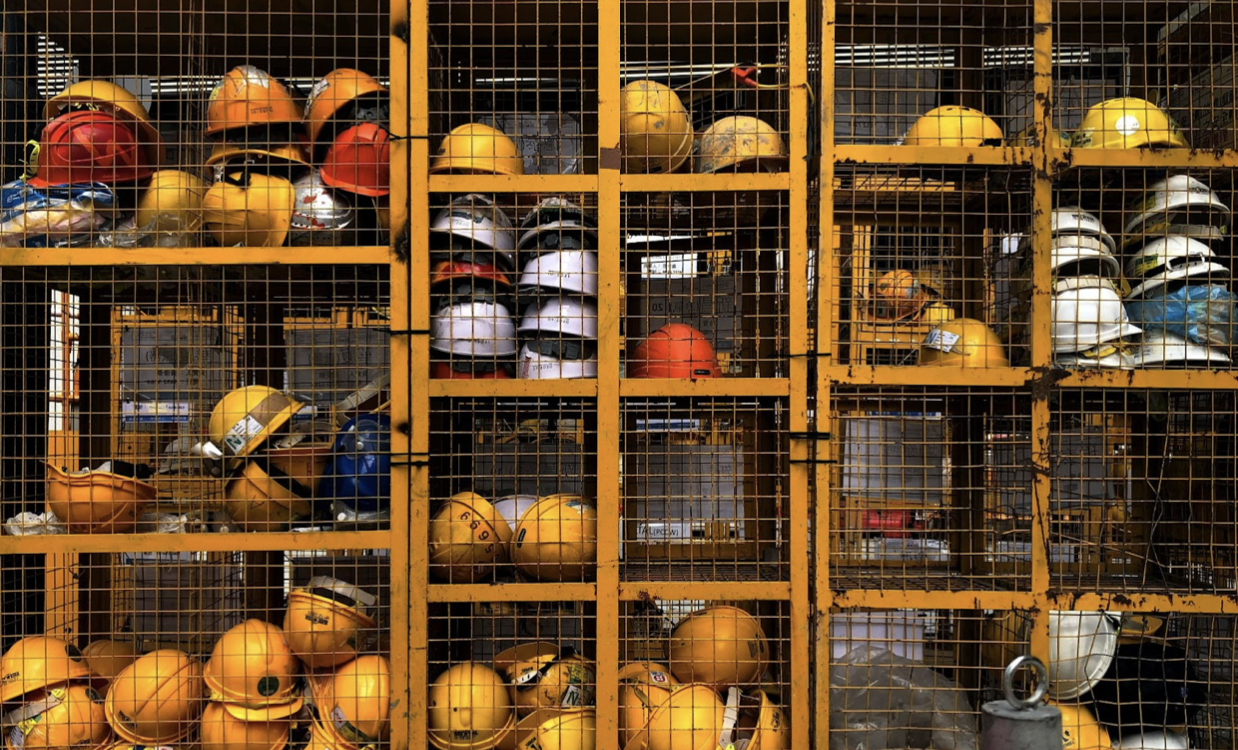Are Your Staff Happy and Safe at Work?
As the owner of a. business, one of your most important responsibilities is to safeguard the safety of your employees and to keep an eye on their well-being while they are at work. Because of the enormous number of people who are in one area at the same time, the number of injuries that occur in the workplace is significantly more than you may expect, and this does not even take into consideration the additional equipment and furnishings that a workplace has.
Although their physical health is important at work, their mental health and well-being are also important, with nearly one-fifth of employees claiming that they suffer from mental health concerns while at work. They may experience decreased happiness and motivation, which may have an impact on their productivity and, more crucially, may jeopardize their own safety and the safety of those in their immediate vicinity.
So, how are you ensuring the safety of your employees and preventing any significant problems or lawsuits from occurring?

Ascertain that everyone is in constant communication with one another.
Communication is crucial in the workplace, not just for reasons of safety and well-being, but also for reasons of efficiency and overall organizational effectiveness. Nobody understands what is going on in an organization, after all, so how can it function efficiently? The typical workplace will have an operations manager or project manager to oversee all of the day-to-day activities, but one person cannot possibly be aware of everything that is going on at the same time, as it is impossible to see everything. Someone needs to take charge of health and safety in the workplace, overseeing that first aid training is up to date and that the necessary employees have access to gas monitors
if required.
Establish frequent dialogues and ensure that everyone understands their roles and responsibilities. Maintain an open communication route for employees to report any difficulties they may have encountered inside the building or in their personal workstation area. This might be as simple as a dedicated email address or as elaborate as a book where people can write down difficulties in a common place.
You must also ensure that your employees feel comfortable and safe enough to come to you or their line manager to discuss any personal concerns that they may be experiencing that could have an impact on their own safety and the safety of others around them at work.
Have a policy on alcohol and drugs
The presence of an
employee under the influence of alcohol or illegal drugs at work would be unacceptable in most businesses; nevertheless, doing so in other areas would be considered downright dangerous and against the law. Make certain that your company's alcohol and drug policy is clearly put into contracts and staff handbooks before going into business. Examine the possibility of instituting random drug and alcohol testing for employees, as well as reasonable suspicion training for managers. Your policies must spell out what is expected of them in terms of acceptable (if any) amounts of drugs or alcohol in their systems, what will happen throughout the testing procedure, and what will happen if they are found to have drugs or alcohol in their systems after they have been tested.
Implement a dress code
Depending on the industry in which you work, the clothing that your employees wear might have a significant impact on their degree of safety. If you have a uniform, it makes things a lot easier since you can control what everyone wears and how they behave. Is it necessary for them to
use personal safety equipment (PPE)
such as masks, hard hats, high-visibility jackets, or steel-toed capped shoes during their workday? You should also make it clear whether or not they are permitted to wear jewellery, and if so, what kind of jewellery they are permitted to wear - in a factory, large hooped earrings may not be appropriate. In a similar vein, footwear must be examined - would they be able to wear heels? What about open backs? Are your toes open? Your drug and alcohol policy, like any other policy, should be properly explained to your employees and revised as and when appropriate.
First aid training should be made accessible
In most areas and sectors, it is required by law that at least one member of staff who is trained in first aid be present at all times on the premises. However, the greater the number of individuals who are trained in first aid, even if it is only the fundamentals, the better. Although it is not a legal necessity, it ensures that any injured members of staff are attended to as soon as possible in the case of a disaster or catastrophe. It is also critical to have an accident book on hand and for everyone to be aware of where it is as well as how to use it so that any workplace injuries or accidents may be documented as soon as possible. The final, and perhaps most crucial, requirement is that you maintain a well-stocked first aid kit that has up-to-date, sterile equipment and supplies that is easily accessible to everyone who visits your facility.
Making sure that your employees are safe and happy at work will reduce the likelihood of an accident occurring in the workplace. Accidents and injuries are something no one wants to deal with - not only does it imply that someone has been injured, but it also requires time and attention away from the business.












